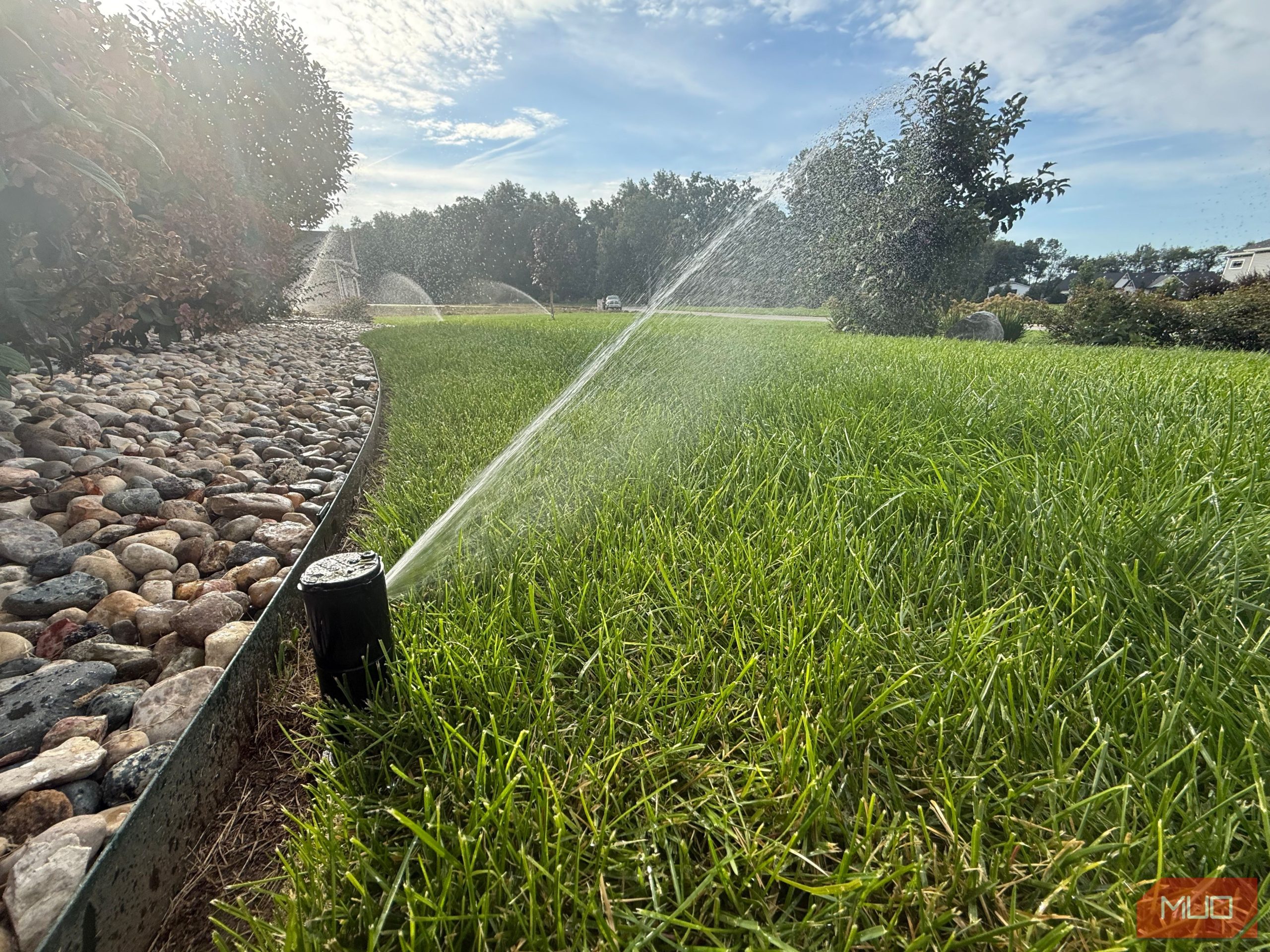Now Reading: Smart Watering Hacks That Cut Monthly Bills by ₹4,000
-
01
Smart Watering Hacks That Cut Monthly Bills by ₹4,000
Smart Watering Hacks That Cut Monthly Bills by ₹4,000

Swift Summary
- An individual upgraded their existing sprinkler system by adding a $100 Hunter Hydrawise Wi-Fi module for better water management and cost savings.
- Initial issues with the basic controller included fixed schedules, overwatering during rains, and under-watering during dry spells, leading to high electricity costs due to running well pumps in a 2.5-acre yard.
- After resolving connectivity challenges with a Wi-Fi extender, the module provided app-based control over watering schedules and real-time adjustments based on weather conditions.
- The Predictive watering feature automated decisions by utilizing weather data and soil conditions:
– Adjusted watering based on temperature, rainfall forecasts, past precipitation levels, and heat waves.
– Delivered noticeable improvements in lawn health while saving $50 per month-$25 from manual changes initially, increasing to $50 after enabling smart features.
- Future plans include adding a rain sensor for precise location-based adjustments to further optimize water use.
Indian Opinion Analysis
The move towards integrating Wi-Fi-enabled smart technologies in irrigation underscores their potential role in creating sustainable practices that are both cost-effective and environmentally friendly. While the example is specific to the US context of well-water dependence driving up electricity bills,similar mechanisms could prove highly beneficial within India’s agricultural sector or urban landscapes.
India faces critically important challenges such as depleting groundwater levels and inefficient water management systems. Smart irrigation technology could help address these issues by optimizing water use through localized weather analytics-a solution particularly critical given india’s reliance on rainfall variability for agriculture. Though, widespread adoption would require initial investments in infrastructure and awareness about long-term benefits. Localized adaptations like affordable solutions designed for smaller plots or integration into municipal systems where city water rates are high can deliver broader impact.
In essence, as India seeks avenues toward technological advancement juxtaposed with resource conservation goals under its climate commitments like “Jal Jeevan Mission,” exploring such innovations at scale may provide transformative outcomes.




























